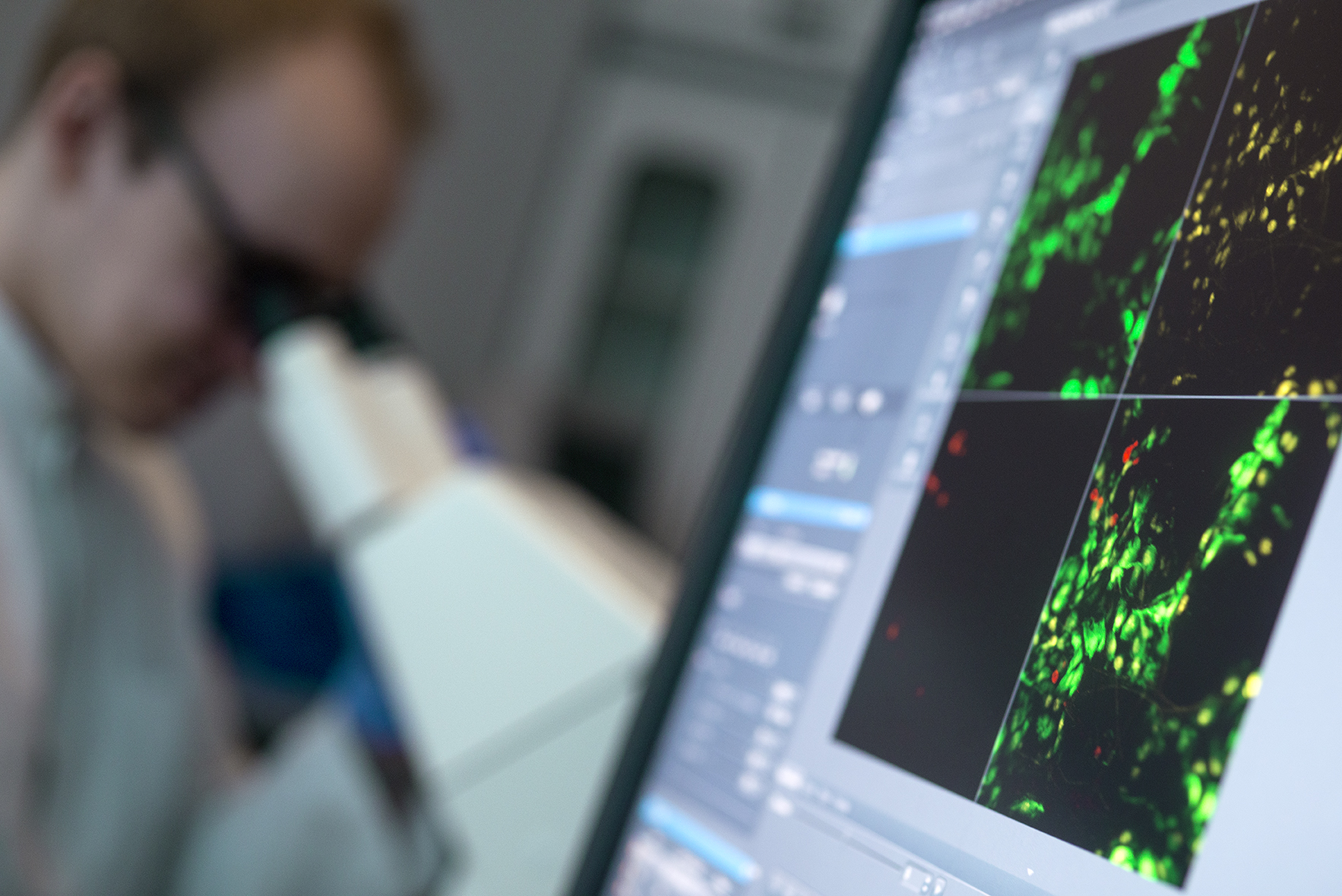Infectious diseases of the respiratory tract are among the major health problems worldwide, having a high economic impact every year. They can be caused by viruses and bacteria. The pathogens affect either the upper or lower respiratory tract or both, resulting in a broad spectrum of medical conditions. Ninety percent of infections of the upper respiratory tract are of viral origin. Bacterial infections of the upper respiratory tract are less common than viral infections. Differentiation is difficult, due to the similarity of the symptoms of viral and bacterial infections.
Influenza virus, parainfluenza virus, rhinovirus (HRV), and respiratory syncytial virus (RSV) are viruses that are associated with common cold. Among these, rhinovirus is the infectious cause of more than 80 percent of colds. In immunocompetent adults, the infection is often asymptomatic or associated with a simple common cold. In immunocompromised patients or people suffering from chronic respiratory disorders such as asthma or COPD, however, viral infection can induce serious worsening of symptoms. RSV is the major cause of severe respiratory infection in infants.
Bacterial pneumonia is an infection of the lungs which, if untreated, can progress towards serious conditions leading to respiratory failure or death. In particular people with underlying chronic diseases are at a higher risk of developing severe pneumonia. In this context, Pseudomonas aeruginosa is the most common pathogen isolated from patients.
At Fraunhofer ITEM, we have different models to induce pneumonia: in vitro in cells or cell lines, ex vivo in lung tissue, and in vivo in murine models.
Infection:
 Fraunhofer Institute for Toxicology and Experimental Medicine
Fraunhofer Institute for Toxicology and Experimental Medicine
